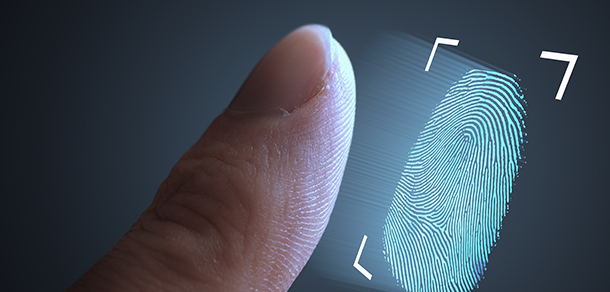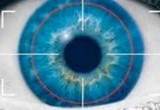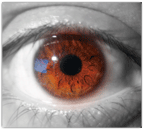New NIST biometric database could cut error rates
27 February, 2020
category: Biometrics, Government
It’s not just enough to deploy biometric ID, authentication and access systems, the accuracy and ultimate success depends on testing and a new NIST biometric database aims to help. The National Institute of Standards and Technology, or NIST, is making available a rich dataset to help companies test and build more accurate products.
The idea, is to test error rates and spark research that can be replicated by others
According to a news announcement from that federal office, NIST has made available “new biometric research data — ranging from fingerprints to facial photographs and iris scans.” The NIST biometric database is “stripped of identifying information and created expressly for research purposes … the data is designed primarily for testing systems that verify a person’s identity before granting access. Few available resources exist to help developers evaluate the performance of the software algorithms that form the heart of these systems, and the NIST data will help fill that gap.”
The idea, according to a NIST computer scientist Greg Fiumara, is to spark research that can be replicated by others using the NIST biometric data and studying the success and reliability of various systems and use cases. “The data will help anyone who is interested in testing the error rates of biometric identification systems,” he says.
NIST biometric database details and access
The NIST biometric database is divided into three sections, or what the federal office calls “three special databases,” or SDs, that go by the labels SD 300, SD 301 and SD 302. Further expansions are anticipated.
“While the three databases contain varied types of data collected at different times, two of them contain information gathered during the Nail to Nail Fingerprint Challenge, an IARPA-funded competition that NIST helped to design and carry out,” the NIST news announcement reports.
The SD10 database stands as the first “multimodal” biometric database operated by NIST. “Multimodal means that an individual’s different biometric markers — in this case face, fingerprints and iris scan — are all linked so that they can be used together for identification by systems that use a combination of identification approaches, such as a photograph from the individual’s face in addition to their fingerprints,” NIST said. The existence of that database can lead to what Fiumara calls “more secure and more accurate identification, as multimodal systems are harder to spoof.”
The SD 302 NIST biometric database contains fingerprint data from “a few hundred people “gathered by a mixture of eight commercially available and prototype devices,” the federal office says. For its part, SD300 is a “a collection of fingerprints taken from 900 old ink cards. All of the record cards have been stripped of identifying data and are from individuals who are now deceased.”
NIST also has complied user guides for biometric researchers using the database, material that includes research tips and full details about how the data were collected.



